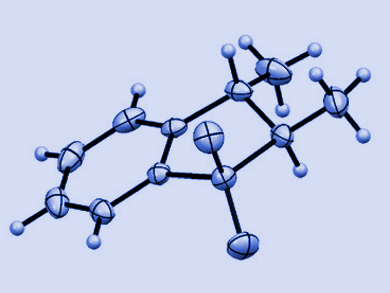Chiral heterocycles are of great importance as core structures of pharmaceuticals and agrochemicals. The asymmetric hydrogenation of heteroaromatic precursors provides the most direct route to such compounds. However, the notoriously low reactivity of heteroaromatic compounds presents a challenge.
Paolo Tosatti and Andreas Pfaltz, University of Basel, Switzerland, have tackled this problem for the synthesis of dihydrobenzothiophenes, an important class of sulfur-containing heterocycles, by using the more reactive benzothiophene 1,1-dioxides instead of benzothiophenes as precursors. The developed asymmetric hydrogenation with iridium catalysts enabled the researchers to prepare a variety of differently substituted dihydrobenzothiophene 1,1-dioxides in high yield (up to > 99 %) and high enantiomeric purity (up to 99 % ee).
The hydrogenation products can be further modified by the introduction of additional substituents or by reduction, which leads to 1,2-dihydrobenzothiophenes. In this way, chiral sulfur-containing heterocycles become accessible in a convenient way.
- Iridium-Catalyzed Asymmetric Hydrogenation of Benzo[b]thiophene 1,1-Dioxides,
Paolo Tosatti, Andreas Pfaltz,
Angew. Chem. Int. Ed. 2017.
DOI: 10.1002/anie.201701409




